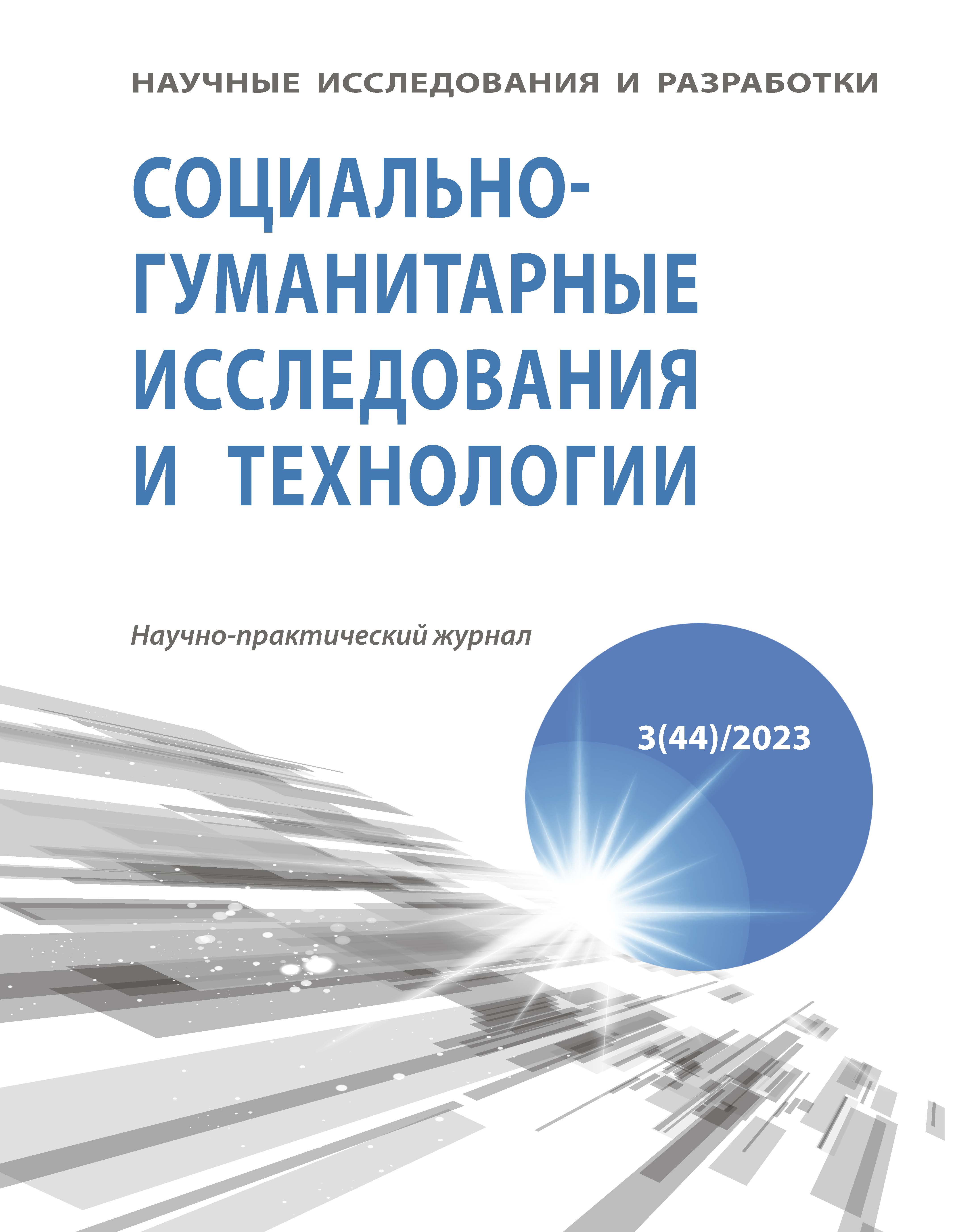Russian Federation
The Chinese nation has a long tradition of dance education. Dance as a direction of art education integrates various aspects of personality development. Therefore, dance courses at colleges and universities have become popular among students in China. The courses help to improve body shape, develop temperament and contribute to the comprehensive development of students. Therefore, the Chinese government has always supported and developed dance education. This article reviews the main aspects influencing the further development of dance education, in which various conflicting processes can correlate. China is a civilization that can correlate the contradictory processes associated with the development of unique aspects of culture (traditional) and universal (international). The choreographic school of China is a multi-variant, unpredictable and complex learning process, in which the performing arts are filled with reverence for the national, and the educational function is filled with universalism. Consequently, China's modern dance education has not only deep national roots, but also international potential for genuine dialogue with other countries and civilizations.
China, dance, education, story, internationalization of education
1. Bukolova N.O. (2015) Istoricheskie aspekty razvitiya tanceval'nogo iskusstva v KNR: ot istokov k sovremennosti // Kul'tura: teoriya i praktika. 2015. №8. URL: https://cyberleninka.ru/article/n/istoricheskie-aspekty-razvitiya-tantsevalnogo-iskusstva-v-knr-ot-istokov-k-sovremennosti.
2. Altbach, P. G. & Knight, J. 2007. The internationalization of higher education: Motivation and realities. Journal of Studies of International Education, 11(3/4), 290-305.
3. Buckland, T. J. 1999. [Re] Constructing Meanings: the Dance Ethnographer as Keeper of the Truth. In Dance in the Field (pp. 196-207). Palgrave Macmillan UK.
4. Chen, J. 2015. Teachers’ conceptions of approaches to teaching: A Chinese perspective. The Asia-Pacific Education Researcher, 24(2), 341-351.
5. Chen Jing. Moscow Ballet School and the Formation of a Ballet School in China // Collection of articles of the Moscow State Academy of Choreography on theater, ballet and music. Ninth edition. - M .: Publishing House MGAH, 2010. - S. 37-48.
6. Gromov Yu.: From School in Russia to School in Fucik: History. Stage dance theory. Choreographic pedagogy / St. Petersburg. humanizes. un-t of trade unions; comp. V.A. Zvezdochkin. - SPb .: SPb GUP, 2001 .-- 148 p.
7. Hou, J., Montgomery, C., & McDowell, L. 2014. Exploring the diverse motivations of transnational higher education in China: complexities and contradictions. Journal of Education for Teaching, 40(3), 300-318.
8. Huang, F. 2003. Policy and practice of the internationalization of higher education in China. Journal of Studies in International Education, 7(3), 225-240. DOI: https://doi.org/10.1177/1028315303254430; EDN: https://elibrary.ru/JNYTXL
9. Institute of Dance Education, Beijing Dance Academy. Criticism on Dance Creation. Beijing: Minzu University of China Press, May 2015.
10. Lamond, D. 2005. On the value of management history: absorbing the past to understand the present and inform the future. Management Decision, 43(10), 1273-1281.
11. Li Chang, S. M. & Frederiksen, L. E. 2016. Chinese Dance: In the Vast Land & Beyond. Middletown, CT: Wesleyan University Press.
12. Lu, Y., Mavondo, F. T., & Qiu, L. L. 2009. Factors influencing the choice of overseas study by undergraduate and postgraduate Chinese students. In Australian and New Zealand Marketing Academy Conference, Crown Promenade, Melbourne, Australia. Available at: http://www.duplication.net.au/ANZMAC09/papers/ANZMAC2009-740.pdf.
13. Martin, R. 2012. An international education in dance: Personal narratives of seven women from the southern Mediterranean region (Doctoral dissertation, ResearchSpace@ Auckland).
14. Martin, R. 2013. Alienation and transformation: An international education in contemporary dance. Research in Dance Education, 14(3), 201-215.
15. Ministry of Education of China. 2014. 教育部2014年工作要点. Retrieved on 25 November 2016 from, http://www.moe.gov.cn/jyb_xwfb/moe_164/201401/t20140124_163169.html.
16. New Zealand Ministry of Foreign Affairs and Trade. 2015. NZ Inc China Strategy. https://www.mfat.govt.nz/assets/_securedfiles/NZ-Inc-stategy/NZInc-Strategy-China.pdf.
17. Raheb K.El., Stergiou M., Katifori A., Ioannidis Y. (2019). Dance Interactive Learning Systems: A Study on Interaction Workflow and Teaching Approaches. ACM Comput. Surv. 52, 3, Article 50 (May 2020), 37 pages. https://doi.org/10.1145/3323335.
18. Revolutionary Bodies : Chinese Dance and the socialist Legacy / ed. by Emily Wilcox : Berkeley, CA : University of California Press, 2018. - 322 p.
19. UNESCO Institute for Statistics, 2016. Global flow of tertiary level students. Retrieved on 25 November 2016 from, http://www.uis.unesco.org/Education/Pages/international-student-flow-viz.aspx.
20. Wang, Kefeng. The Progressive History of Chinese Dance / Kefeng Wang. - Shanghai: Naroda Publishing House, 2009.- 312s.
21. Willis, M. 2008. Aspects of Educational Delivery within Sino-Foreign Educational Alliances: Is This the Real Key to Success?. Journal of Marketing for Higher Education, 18(2), 186-215.
22. Yu, P. The history of the development of Chinese national ballet / P. Yu. - Beijing : Nar. muses. publishing house, 2004. - 374 p.
23. Zhang, Y. 2014. Governing art districts: State control and cultural production in contemporary China. The China Quarterly, 219, 827-848.
24. Zhang, Y. 2016. Making students happy with wellbeing-oriented education: Case study of a secondary school in China. The Asia-Pacific Education Researcher, 1-9.
25. Zhong, Q. Q. 2006. Curriculum reform in China: Challenges and reflections. Frontiers of Education in China, 1(3), 370-382. DOI: https://doi.org/10.1007/s11516-006-0014-3; EDN: https://elibrary.ru/LAUOPP






